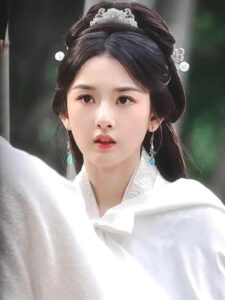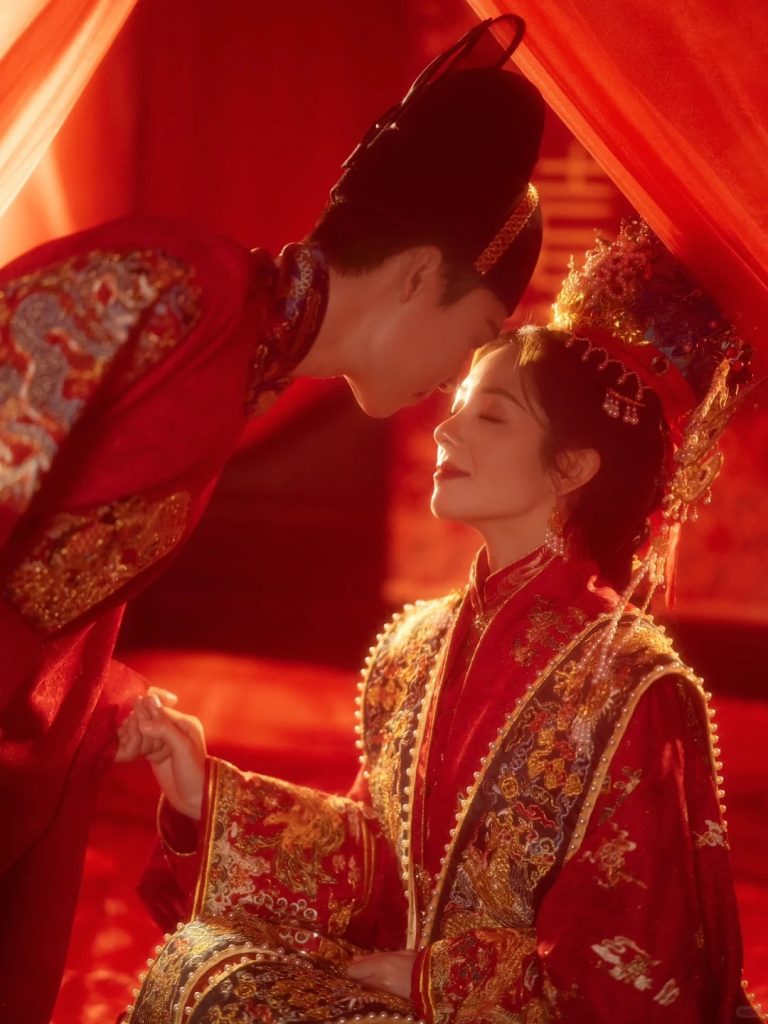Zhe Yao Costume Evolution: How the Heroine’s Hanfu Style Reflects Her Growth

In the visual masterpiece of the Chinese historical drama Zhe Yao, one of the most captivating elements is the transformation of the heroine through her costumes. The Zhe Yao costume evolution isn’t just about changing clothes—it’s a poetic reflection of her inner journey, societal roles, and personal empowerment. Hanfu, the traditional attire of Han Chinese, serves as a powerful storytelling device in this drama, echoing shifts in identity, status, and emotional maturity.

The Innocent Years: Soft Colors and Simple Lines
At the beginning of the series, the heroine is introduced as a young girl living in the protective confines of her family. Her clothing mirrors her youth and innocence: soft pastel tones, lightweight fabrics like silk gauze, and silhouettes with flowing sleeves and minimal structure. This stage of the Zhe Yao costume evolution highlights the purity of youth and a simpler life untouched by court politics or power struggles.
Design details include:
- Minimal embroidery, often floral or cloud motifs
- Accessories limited to simple hairpins and natural makeup
- Fabrics with gentle textures and subdued sheen
These elements not only align with Chinese historical drama fashion standards but also support character development through visual storytelling.

A Turning Point: Complexity and Color Deepen
As the heroine steps into adulthood, challenges start shaping her character—and her clothing reflects that transformation. Her hanfu gains structure, layers, and symbolic depth. Sleeves become longer and more formal, sashes tighten at the waist, and embroidery starts incorporating phoenixes or peonies, suggesting rebirth and noble status.
This period of hanfu style transformation features:
- Richer color palette: Burgundy, jade green, deep sapphire
- Detailed patterns on sleeves and collars
- Headpieces and ornate jewelry begin to appear
These changes represent more than aesthetics. They symbolize her increasing responsibilities and the emotional weight of decisions she must make. Costume plays a critical role in shaping how the audience perceives her evolution.

Power and Poise: Empress-Level Elegance
Later in Zhe Yao, the heroine commands authority, dignity, and grace. Her costumes take a regal turn, resembling imperial court attire while maintaining the drama’s unique artistic identity. Layers become grander, featuring structured tops with multiple panels, paired with wide skirts and high collars. Gold threads and metallic threads embellish her robes, conveying wealth, power, and poise.
Features of this stage in the Zhe Yao costume evolution:
- Embroidered dragons, cranes, and auspicious symbols
- Luxurious fabrics like brocade, jacquard, and velvet blends
- Hair styled in complex buns with jade and gold ornaments
This transformation captures the core of period drama costume analysis: fashion as a visual narrative of political and emotional arcs.

Hanfu as a Narrative Device
In Zhe Yao, hanfu transcends costume design—it becomes a storytelling mechanism. Each fabric, stitch, and accessory reveals more than spoken dialogue. This mirrors real-life practices in ancient China, where clothing signified not just wealth but moral character, education, and familial rank.
To better understand the depth and variety of hanfu, explore this authoritative guide on Hanfu from Wikipedia.
Shop Tangpura’s Hanfu-Inspired Collection
Inspired by the Zhe Yao costume evolution? Tangpura offers curated hanfu collections that echo the beauty and symbolism seen in the drama. Whether you resonate with the purity of early designs or the grandeur of noble fashion, we have pieces tailored to your style.
- Youthful Hanfu Styles
- Elegant Hanfu Ensembles
- Hanfu Accessories
These internal links allow fans to embrace the artistry of hanfu while exploring pieces grounded in traditional aesthetics.
Conclusion
The heroine’s hanfu journey in Zhe Yao is a stunning example of how costume design can enrich narrative depth. From a shy girl in pastels to a dignified woman in courtly splendor, the Zhe Yao costume evolution is both a fashion statement and a symbolic chronicle. At Tangpura, we celebrate this journey by offering authentic and inspired hanfu collections that help you step into your own story.





I read it! I love this show so much!